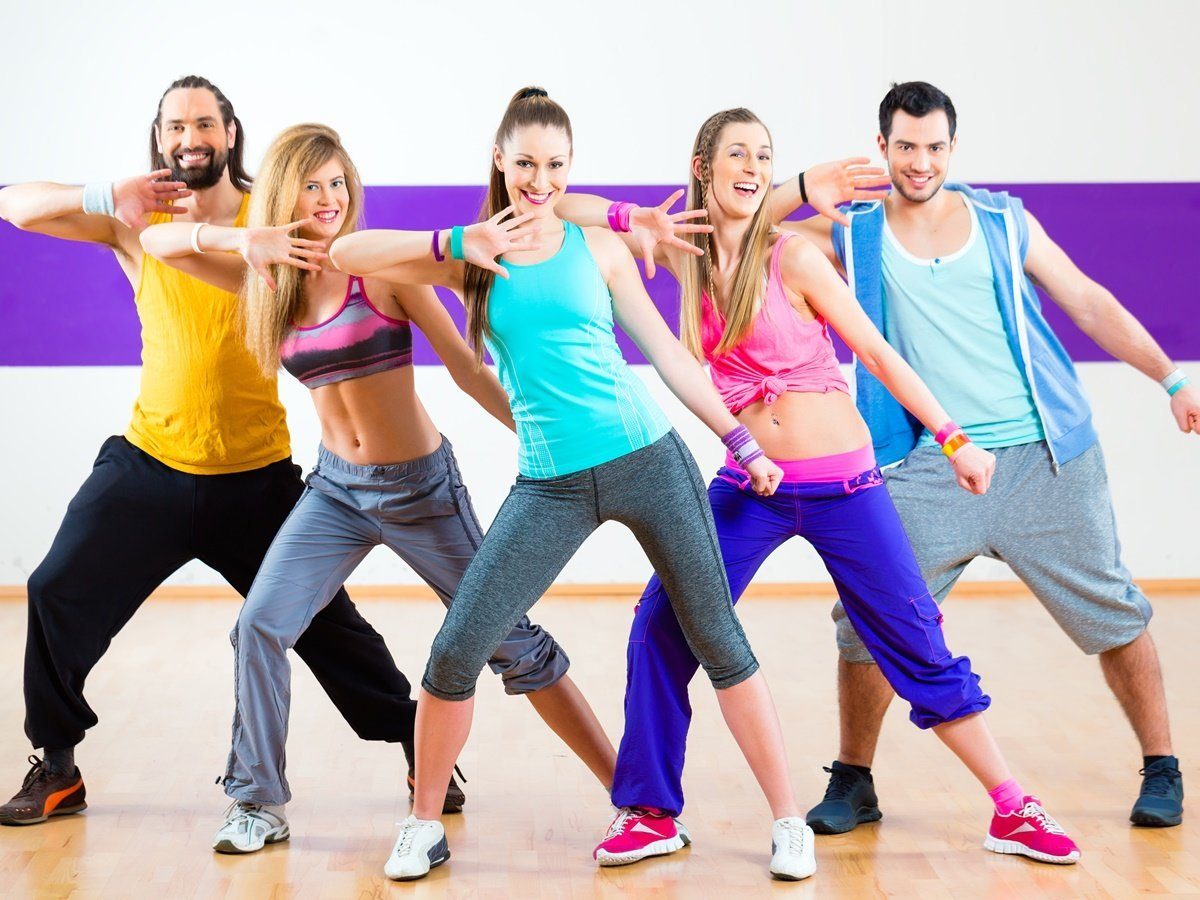What are the health benefits of dancing beside exercise and reducing stress? According to new research, synchronized dancing with others has shown to increase the capability for dealing with pain.
Psychology researchers from the University of Oxford have recently published a study where they observed volunteers into a lab and were taught different dance moves, then placed into groups. As some were taught the same dance moves, others were taught different moves. The researchers measured their pain by squeezing their arms to determine their pain tolerance. By comparison: the volunteers who were taught different dance moves and didn’t synchronize their movements to the music, showed either no change or an increase in pain perfection. The other set of volunteers who were taught to synchronize their dance moves were able to endure increased pain.
Researchers think that the cause of results came from a “feel-good” signal that serves as a sort of evolutionary purpose. As humans are a social form of species, being part of a coordinated group does have survival value. The science of evolution is thought to have adapted the brain to feel a sense of reward when doing things with others, especially in dancing in synchrony. The researchers suggest that this is why hundreds of cultures have traditional synchronized dancing, which might prove to have many health benefits.
7 Health Benefits of Dancing
- Develops Strong Bones and Joints
With still no cure for arthritis, osteoporosis and other muscle, joint, and bone conditions, exercise is the best way for treatment and prevention. Aside from taking supplements for joint pain relief, dance is said to help treat and prevent osteoporosis in both men and women. It has also been said to help keep joints strong and lubricated to prevent pain and arthritis.
- Healthy Blood & Heart
According to research from Berkeley University, people with chronic heart failure have proven to benefit from dance as it improves the blood vessel function and overall heart health. Research claims that dancing helps aid in controlling lipids that increase our good cholesterol (HDL) and lowers our bad cholesterol (LDL). This practice is great for those who have diabetes as it helps blood sugar control.
- Increases your Libido
An effective way to increase your sexual drive is with dance as it will help boost levels of testosterone and reduce hypogonadism which is found to be linked to erectile dysfunction and lack of sexual energy.
- Improves Mental Health
Dance can improve memory due to the recall in steps, dance patterns, and routines. This makes it an ideal mental exercise and benefits in keeping your mind alert, quick, open, and young. Studies suggest that dance can reduce the risk of developing Alzheimer’s disease and dementia, which affects cognitive skills, social skills, memory and ability to complete daily tasks. A study also suggests that frequent dancing (synchronize or freestyle) can reduce the risk of dementia by 76%.
- Strengthens Balance
If you suffer from constant dizzy spells, dancing may be able to correct the problem. Standing in balance is easy, but balancing in different positions in dancing can be a challenge. Dancing can strengthen our stabilizer muscles while making up less at risk of injuries and protecting our core. It is also said to aid in co-ordination and strengthen our reflexes.
Dance is a great way to keep our peripheral nervous system and central nervous system in amazing shape by improving the connection between mind and body.
- Improves Social Life
Living a healthy lifestyle involves having a sort of social life with peers. Dancing is entertaining, physical and recreational. It creates the perfect opportunity for our social life to make new friends. Social isolation has been shown to lead to depression; those who are social throughout their life can reduce the risk of dementia by 70%.
- Makes You Happy
Dance is a form of exercise that raises endorphin levels to elevate our mood. With high levels of endorphins, this allows us to heal depression and stress, which are harmful to our immune system. Dance helps us develop self-disciple and self-confidence as it improves the mind’s connection with the body for a sense of overall well-being. A recent study has also said that therapy with dance movements has also been proven to benefit in the decrease of anxiety and depression as well as develop a positive body image.
Dance is a great way to help you stay in shape during any age. Low-impact dancing can also improve your muscle tone, endurance, fitness, and strength as well as a great way to meet new people. You will build better social skills and motor fitness, and mental functioning. Just be sure to talk to your health care physician if you are overweight, have a medical condition, or over the age of 40.




















